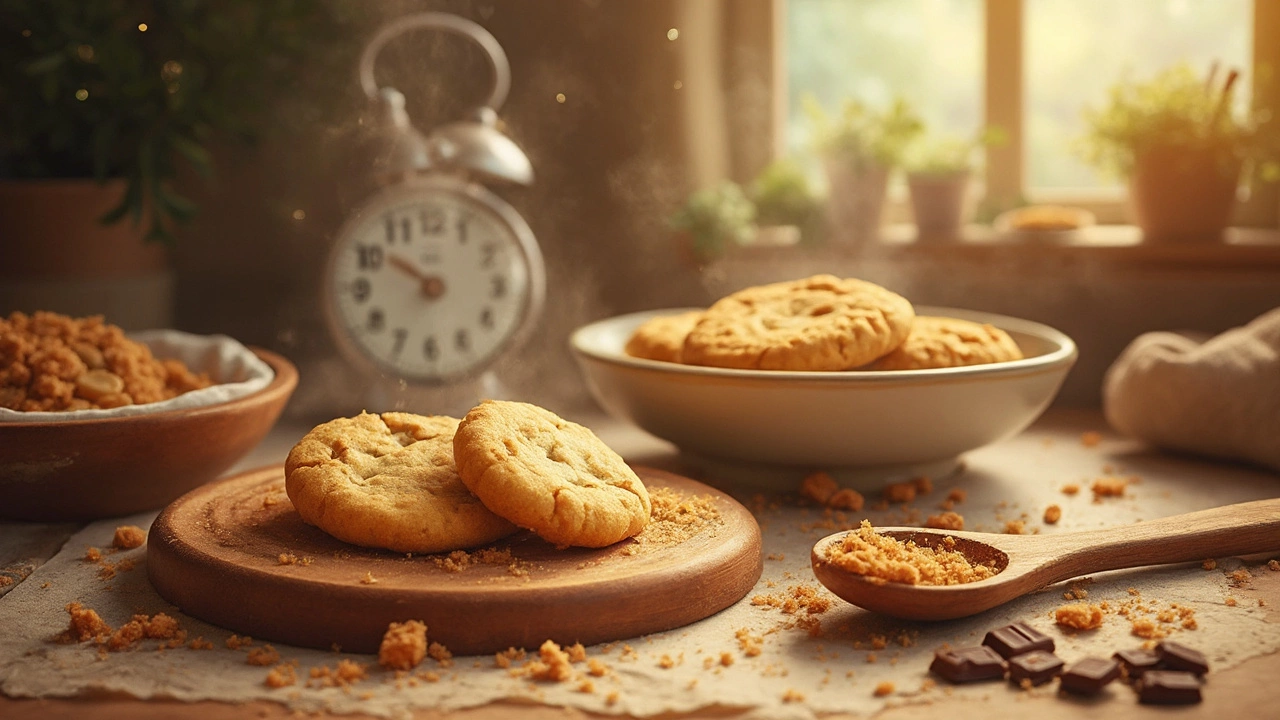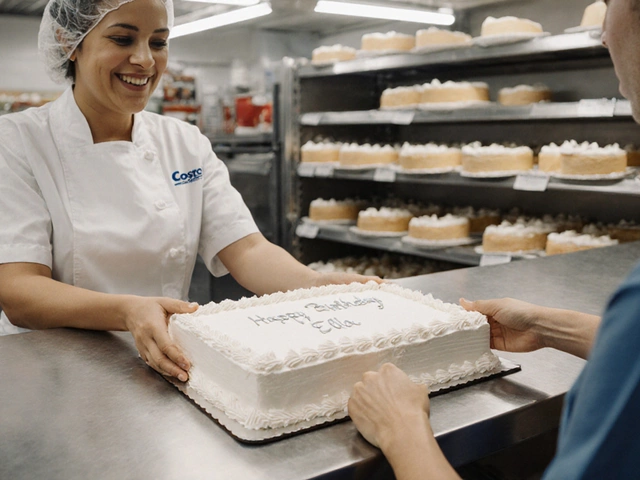Cookie Texture: Get the Chewy, Crispy, or Soft Bite You Want
Ever bite into a cookie and wonder why some melt in your mouth while others snap like a wafer? The answer lies in a few simple choices you make while mixing and baking. Below you’ll find the everyday tricks that turn a good cookie into the exact texture you crave.
First, look at the fat you’re using. Butter brings flavor but also spreads more, giving a thinner, crisp edge. Shortening or a mix of butter and oil keeps the cookie flatter and softer. Swapping one for the other changes the whole feel, so pick the fat that matches your goal.
Key Factors That Shape Cookie Texture
Sugar type matters. White granulated sugar speeds up spreading, leading to crisper cookies. Brown sugar holds moisture, making the interior chewy. If you love a chewy center but still want a slight snap, try half white, half brown.
Eggs add structure. More egg or larger yolks make a softer, cake‑like cookie. Reduce the egg or use just the yolk for a denser, chewier bite. Some bakers even replace an egg with a tablespoon of applesauce for extra chew.
Baking powder vs. baking soda. Baking soda spreads the dough, creating thin, crunchy edges. Baking powder lifts the cookie, giving it a puffier, softer crumb. Pick the leavening agent that matches the texture you’re after.
Flour amount. Too much flour dries the cookie out, resulting in a hard, crumbly piece. Measure flour by weight or spoon it into the cup and level it off to avoid over‑packing.
Quick Fixes for Common Texture Problems
Got a batch that turned out too flat? Chill the dough for 30 minutes before scooping. The cold butter spreads slower, keeping the cookie thicker.
Cookies came out too hard? Lower the bake time by a minute or two, and let them finish cooking on the hot tray after you pull them out of the oven. The residual heat finishes the bake without over‑drying.
If they’re too cakey, increase the butter‑to‑flour ratio by a tablespoon and swap a bit of brown sugar for white. That extra fat and less lift give a denser, chewier result.
For a crisp finish, bake a minute longer and let the cookies cool on a wire rack. The extra time evaporates more moisture, and the rack stops them from steaming on the bottom.
Remember to use a consistent sized scoop. Different sizes bake at different rates, causing uneven textures across the same tray.
Experiment with one change at a time. That way you’ll know exactly which tweak gave you the perfect chew or crunch.
Now you’ve got the basics to control cookie texture every time you bake. Grab your mixing bowl, pick a goal—chewy, crisp, or soft—and follow these tips. Your next batch will hit the spot, no guesswork needed.

Crunchy or Soft Cookies: What Really Decides the Texture?
Ever wondered why some cookies snap, while others melt in your mouth? This article digs deep into what actually makes cookies turn out crunchy or soft. Get the lowdown on ingredients, real baking science, and the sneaky tricks that can flip textures in your kitchen. Find out how your oven, your butter, or even your mixing technique decides if your cookie is a crispy dunker or a chewy treat. By the end, you'll be baking with confidence and getting the texture you want, every time.
View More
The Secrets to Soft Homemade Cookies
Discover the art of baking soft cookies with techniques and ingredients that ensure a perfect texture every time. Learn why certain ingredients, like brown sugar and butter, make cookies chewy and soft, and how baking times can affect the outcome. This guide provides practical tips for experimenting with flavors while keeping cookies deliciously tender. Embrace the joy of baking with insights on storing cookies to maintain their softness.
View More




